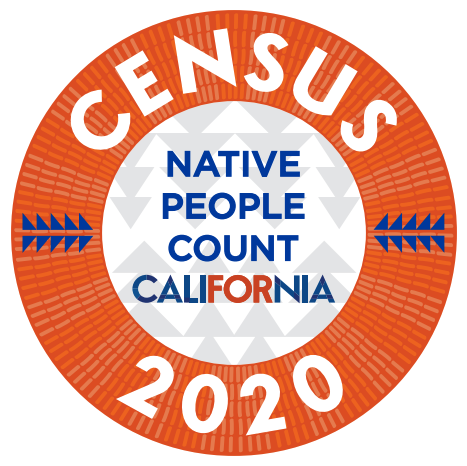Southern California is the ancestral homeland to thirty culturally distinct tribes that have inhabited the lands since time immemorial and is now home to a diverse and vibrant American Indian and Alaska Native (AI/AN) population.
In fact, Southern California is home to approximately 160,000 urban Indians and families, more than any other region in the United States, according to the 2010 U.S. Census.
Many of the urban AI/AN families that live in San Diego and Los Angeles counties came about as a result of the Indian Relocation Act of 1956.
This law made it the United States’ policy to remove and relocate Indians from their Indigenous lands and assimilate them into the general population.
In January, U.S. Census Bureau Tribal Liaisons and canvassers geared up to knock on doors and engage Native American households to participate in the Census.
Due to the COVID-19 epidemic, canvassers had to pivot toward using phone banks to reach individuals and families.
There are historical and cultural reasons why the extra effort is necessary for counting Native families within their communities.
Many families have an inherent distrust of government due to past failed policies from the federal, state, and local levels.
Governor Gavin Newsome is trying to change this. The governor has invested directly in the government to government relationship with California tribes and Native people by engaging directly with the Office of the Tribal Advisor to forge partnerships with California tribes, Native American urban communities, tribal advocacy groups, and nonprofit organizations.
Travis Prater, Western Band Cherokee, and Muskogee Creek is a Native People Count California campaign canvasser in Long Beach, California.
He recently shared his experiences in how eager Native people are to be part of the 2020 Census.
Prater said, “I ask myself – what does it mean today to be counted? I believe it not only means that a person is fulfilling their duty under the U.S. Constitution but as a voice connected to their tribal society with a stronger guarantee of being seen and heard.”
Prater sees his family, community, and tribe having a role in completing the Census so that all tribal nations and tribal communities enjoy much-needed funding for federal and state services such as education, health, and public safety.
“If each tribal member committed to completing the Census, their tribal nations and communities would enjoy increased funding of critical services. There are several ways in which I help my family and greater Native community, but during the Census, I can’t think of a better way to help other than to make every tribal voice heard,” Prater said.
Prater experienced hardship growing up associated with the lack of funding for tribal programs.
He believes there is value in using the Census to fund tribal programs adequately. Prater participated in the 2010 Census.
“I was introduced to the issues connected to poor representation numbers in the 2010 Census and why it’s so important for us to have our voice heard, for our communities to be properly funded,” said Prater. “There is a level of distrust between tribal citizens and their experiences with government. Part of my job is to lessen this mistrust. Once a tribal citizen is aware that the Census helps tribal members in health, employment, housing, transportation, and education services, including language and cultural preservation, they understand the significance of being counted. So many communities across the U.S. must raise their voices and shout for program services and funding. With the Census, every tribal citizen completing it grants us a voice to be heard.”
The message that resonates most with the Native communities in Southern California, “[is] the Census is our chance, once every 10 years, to ensure our tribal communities are properly accounted and funded. We refuse to be invisible. We are tribal nations, the original peoples. We will be heard,” Prater said.
###
These interviews and articles are written on behalf of the Native People Count California campaign. For press inquiries or questions, please contact us via email at info@nativepeoplecountca.org.
About NPCCA
Native People Count California is the official California complete count – census 2020 tribal media outreach campaign. Launched in January 2020 – the Native People Count CA campaign is a collaboration between Governor’s Office of the Tribal Advisor, the California Complete Count – Census 2020 office, and Tribal Media Outreach Partners NUNA Consulting Group, LLC, California Indian Manpower Consortium, Inc. (CIMC), and the California Native Vote Project (CANVP). Native People Count CA was created with the belief that the 2020 Census is an integral piece to upholding the fiduciary responsibility by the United States federal government to Tribes and its delegated authority to state and local governments.
